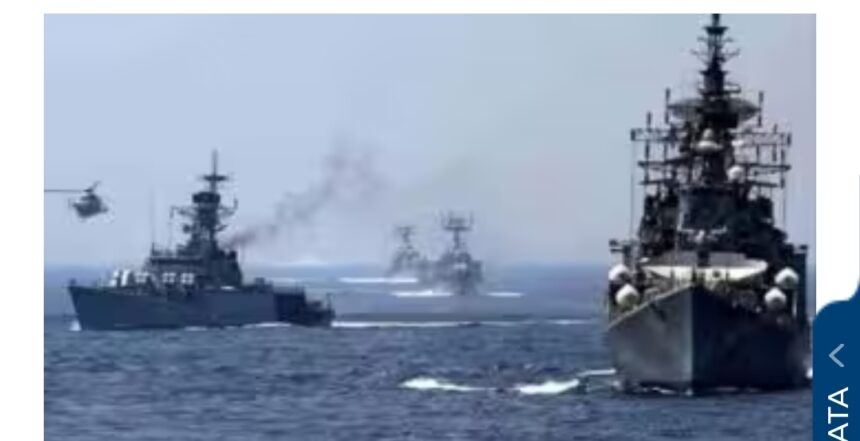The 1971 war saw the full participation of the Indian Navy in combat for the first time since independence.
The then Royal Indian Navy first celebrated Navy Day on 21 October 1944. Since 1972, the Indian Navy (IN) has celebrated December 4 as Navy Day. This day was chosen to commemorate the daring and successful attack by IN missile boats on Karachi port during the 1971 Indo-Pak war during Operation Trident. The 1971 war saw the full participation of the Indian Navy in combat for the first time since independence. It was an unfortunate and short-sighted decision by the government that prevented the IN from demonstrating its strength in the war of 1965. The actions of the IN on the West and East coasts in 1971 made the world aware of our naval power. Over the decades, IN has grown strongly in both quality and quantity. It is to the credit of visionary naval leaders of the past who steadfastly led IN to become a capable and influential force, often overcoming all odds.
John Dalberg-Acton, the great historian and philosopher, said: “History is not a burden to the memory but an enlightenment to the soul.” Unfortunately, in the Indian context, our maritime history has been pushed aside, despite our glorious past dating back to 3000 BC.
Considerable maritime activity was recorded during the Vedic era and the era of the Nandas, Mauryas, Ashokas, Guptas, Satavahanas, Cheras, Cholas, Pandyas, Zamorins and Marathas. Many of these kingdoms were supported by powerful navies. The defeat of the Marathas put an end to our glorious navigation and maritime capabilities. It took nearly two centuries for India to consider itself a “maritime nation.” However, the importance of the maritime sector for trade and security was not lost on some, such as Pandit Nehru and KM Panikkar, who advocated having a strong navy. The group of industrialists who proposed the Bombay Plan in 1944 also proposed a powerful navy. However, Pakistan’s invasion of Kashmir soon after independence had the adverse effect of diverting our attention and energies to the continental domain at the expense of the maritime domain. Even the fact that we are the only country named after an ocean has not really awakened our maritime consciousness. It is not surprising that the Indian Navy was never considered a major instrument in our strategic calculations until the 1971 war.
India’s naval power declined and fell into oblivion when foreign powers, i.e. Europe, came to establish control over the seas and trade routes to India, especially from 18th century onwards. Despite the brave and persistent efforts of the Indian Navy to revive our maritime culture and overcome “maritime blindness”, the nation and its strategic community remain largely take the continent as the center.
Call it a twist of fate or irony, but it was a foreign power, specifically China, that partly revived maritime consciousness in the strategic community in India, when its strength, China’s growing maritime capabilities and power are becoming increasingly apparent. In 1999, not a single ship of the People’s Liberation Army Navy (PLAN) had called ports in the Indian Ocean Region (IOR). These currently affect around 20 people a year. While port visits by military ships themselves are harmless, the PLAN’s IOR operations are designed to advance their strategic interests, but they are not all harmless. IOR currently has about 1,700 Chinese ships of all types in a month. China’s growing presence in the IOR includes PLAN warships, fishing vessels, survey vessels, and intelligence gathering vessels. Similar to their behavior in the South China Sea (SCS), PLAN warships have displayed aggressive behavior even in the Indian Ocean.
Chinese satellite tracking ships regularly operate in the IOR. Despite the COVID pandemic, their average deployment time in 2020-2021 was 82 days. On average, there are about 240 Chinese fishing vessels present in the IOR at any time. What is worrying is that the Chinese maritime militia is also operating in the IOR.
For more information visit at https://happenrecently.com/zepto/?amp=1

